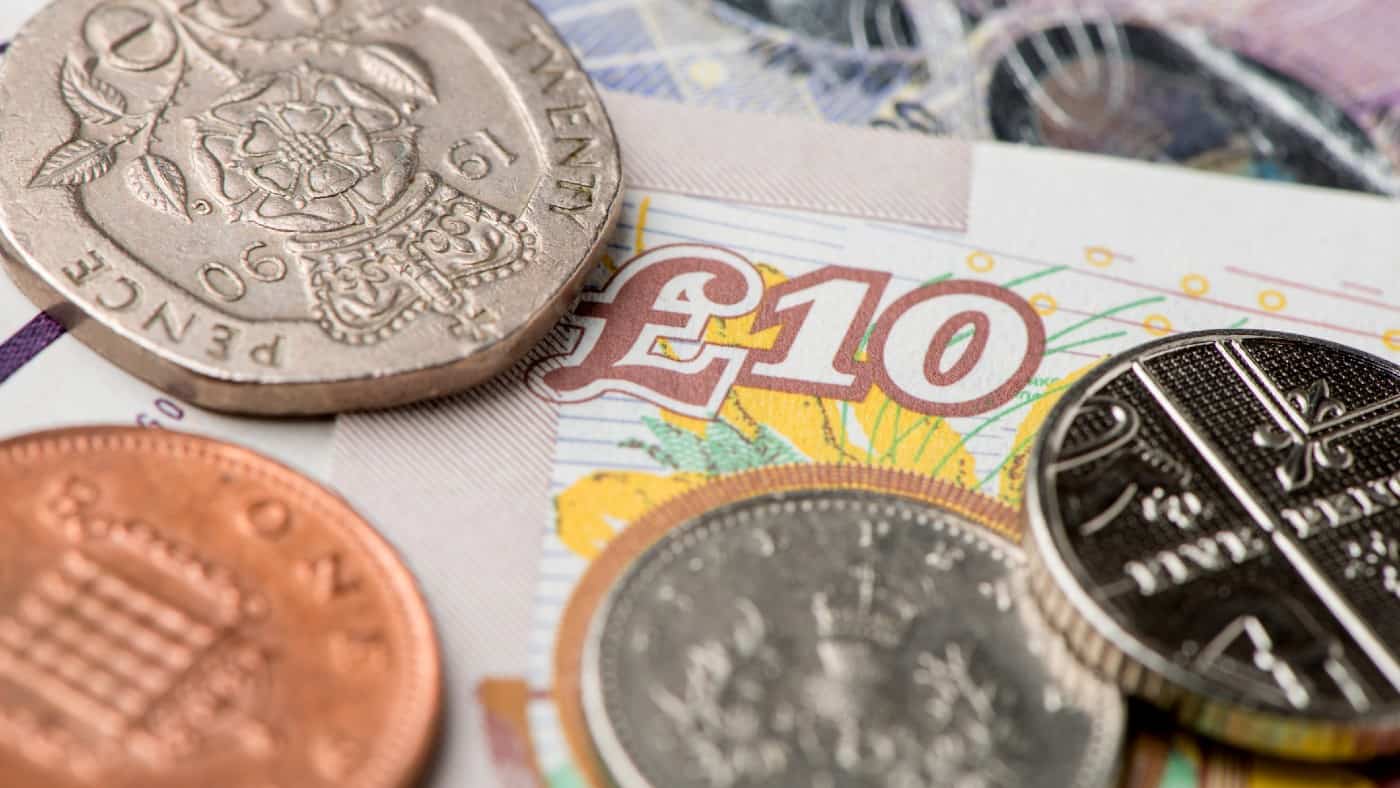If I had £30,000 to spend in a Stocks and Shares ISA right now, there’s only one place I’d invest it. That’s in high-yield dividend shares trading on the London Stock Exchange (LSE).
Amazingly, a lot of UK shares haven’t been this cheap since the global financial crisis a decade and a half ago.
Back then, the fear was totally understandable. The global financial system itself was at risk, and large banks and insurance companies were heavily represented in the LSE.
Should you invest £1,000 in Associated British Foods right now?
When investing expert Mark Rogers has a stock tip, it can pay to listen. After all, the flagship Motley Fool Share Advisor newsletter he has run for nearly a decade has provided thousands of paying members with top stock recommendations from the UK and US markets. And right now, Mark thinks there are 6 standout stocks that investors should consider buying. Want to see if Associated British Foods made the list?
Today, however, UK banks are in much better shape and there is seemingly far less chance of the financial system going down the plughole.
Yet many UK shares are priced as if that isn’t the case, with ultra-high yields now the norm across many sectors.
Yet I don’t think this situation will last forever. So I’d invest today and aim to lock in very attractive future passive income.
Buyback bonanza
Members of the blue-chip FTSE 100 spent a record £55.8bn on share buybacks in 2022. That was a mark of confidence and a display of financial strength. Companies that are struggling don’t allocate boatloads of cash towards buying back their own shares.
While last year’s figure is unlikely to be repeated this year, companies are still taking a proactive approach to buying back their own cheap shares.
Take Shell, for example. Despite plunging profits after last year’s sky-high energy prices, the oil giant just kicked off a $3bn share buyback for the next three months. And it is committed to increasing dividend payments by 15% moving forward. That would push the yield above 4%.
Searching for higher yields
However, due to general share price underperformance, many dividend yields have risen considerably higher than 4% in recent months. Here’s five UK stocks that stand out to me:
- Vodafone — 10.5% yield
- British American Tobacco — 9.1% yield
- Phoenix Group — 9.1% yield
- Legal & General — 8.1% yield
- NextEnergy Solar Fund — 7.9% yield
It’s worth highlighting here that inflation remains very high, so interest rates are unlikely to fall sharply any time soon. This could negatively impact corporate profits and an individual company’s ability to pay dividends.
So, I would consider each high-yield stock on a case-by-case basis. Sometimes, very high yields are a warning that a company’s near-term cash flows might not sufficiently cover the dividend.
How I’d invest £30k for future passive income
Returning to my £30k ISA example, here’s how I would invest that amount now.
First, I’d look to build a portfolio of at least 10-15 stocks. That way, I’d avoid big cuts to my passive income if one or two dividend-payers cancelled their payouts, which is always possible.
Second, I’d aim for an average 8.5% a year return. While not guaranteed, I believe this return is entirely realistic given the amount of high-yield dividend stocks out there today.
Lastly, I’d reinvest the dividends to harness the power of compound returns over the next 25 years. After that length of time, my original £30k ISA would have grown to around £230,600.
At this point, I could change strategy by switching to spending my cash dividends rather than reinvesting them. With a £230k portfolio that yielded 8.5%, I’d be earning £18,500 in annual passive income.








